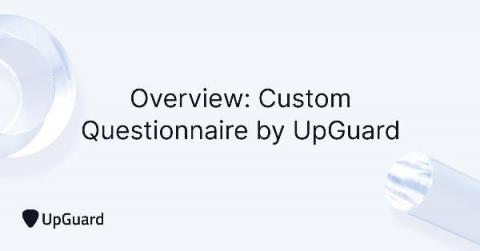Data Loss vs. Data Leaks: What's the Difference?
Data loss refers to the unwanted removal of sensitive information either due to an information system error, or theft by cybercriminals. Data leaks are unauthorized exposures of sensitive information through vulnerabilities on the digital landscape. Data leaks are more complex to detect and remediate, they usually occur at the interface of critical systems, both internally and throughout the vendor network.















